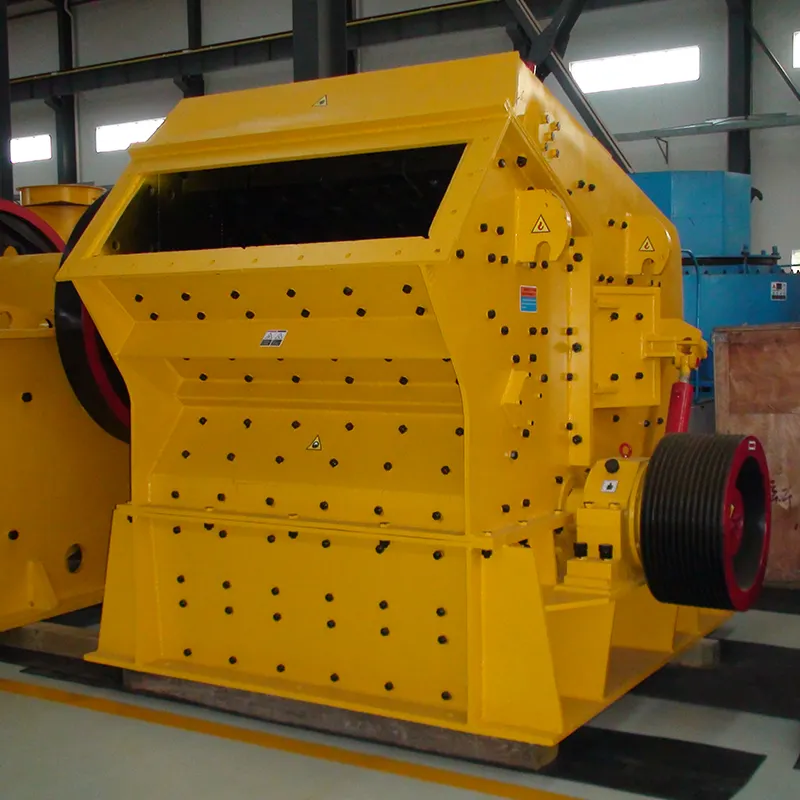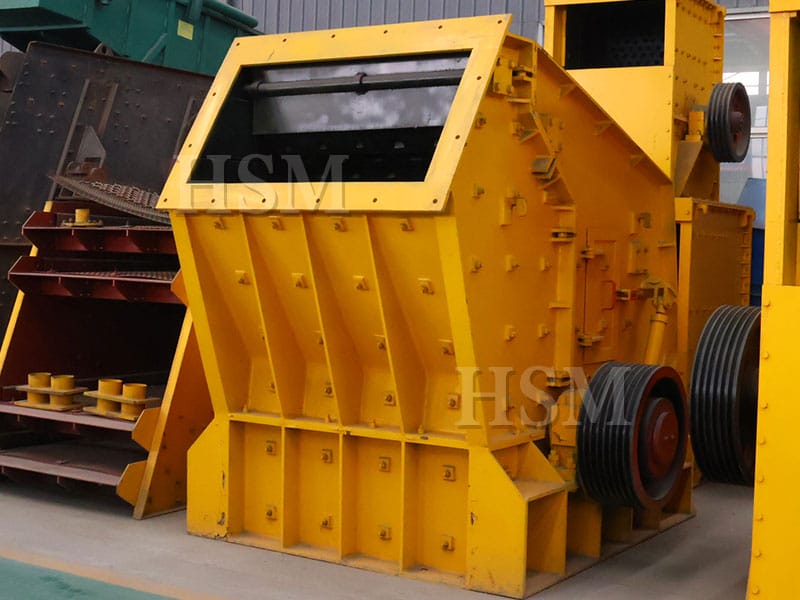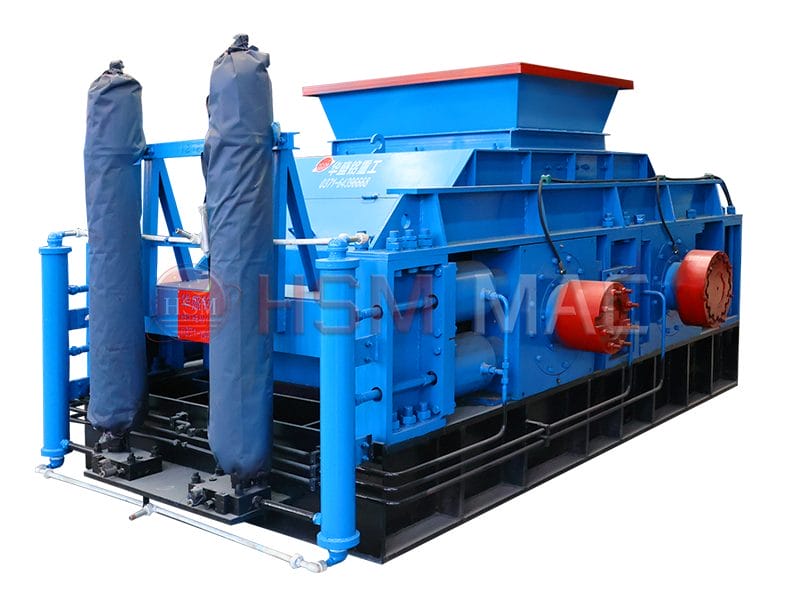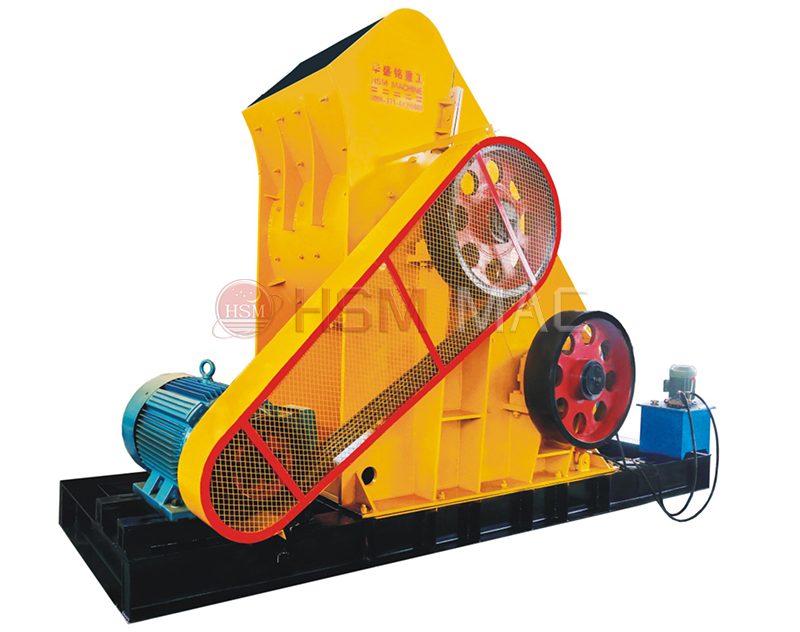
The impact crusher, as an efficient crushing and sand-making equipment, plays a crucial role in modern industrial production. It is not only suitable for the crushing of metallic and non-metallic ores but is also widely used in cement, refractory materials, abrasives, glass raw materials, construction aggregates, and other fields. In particular, on sand production lines, this equipment is favored for its outstanding crushing effect and sand-making performance.
The impact crusher has several advantages
The working principle of the impact crusher is based on the concepts of “stone-on-stone” and “stone-on-iron.” Materials are subjected to high-speed rotation under the action of the rotor, colliding with stones that are accelerated and ejected by the rotor, forming the first stage of crushing. Subsequently, these materials collide with the crushing chamber walls or impact plates, achieving further crushing. This unique crushing method reduces wear on the internal metal components of the machine, extends the service life of the equipment, and ensures high output and good product quality.
The equipment has several advantages, including but not limited to:
The finished product has good grain shape, mostly cubic, with high bulk density.
Its structure is simple, making operation and maintenance convenient.
It can handle medium-hard to extremely hard materials, with low requirements for moisture content in the material.
It operates with low noise and minimal dust pollution, meeting environmental standards.
Depending on different needs, impact crushers can be configured into various models, which may result in varying prices. Generally, their market price ranges from tens of thousands to millions of yuan.
With technological advancements, future impact crushers will become more efficient, energy-saving, and better able to meet the needs of various industries.














